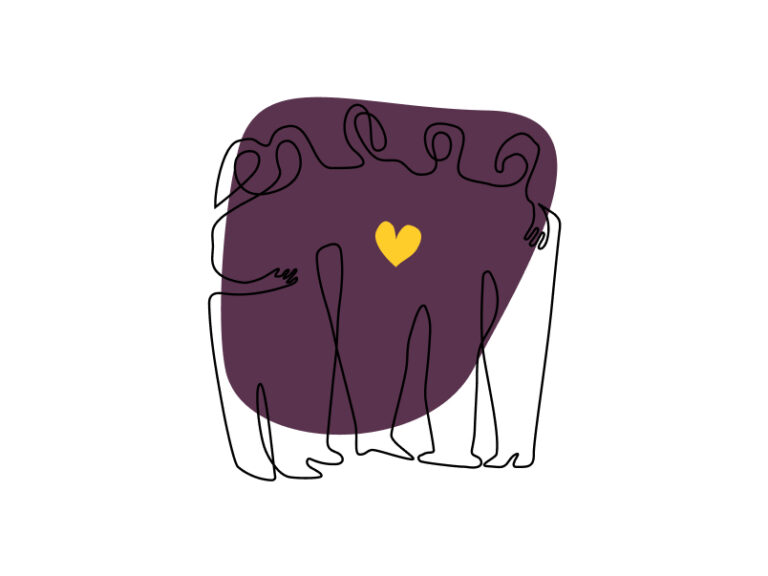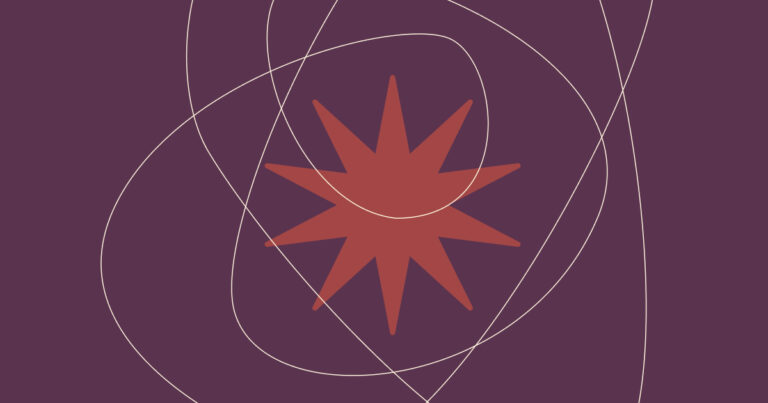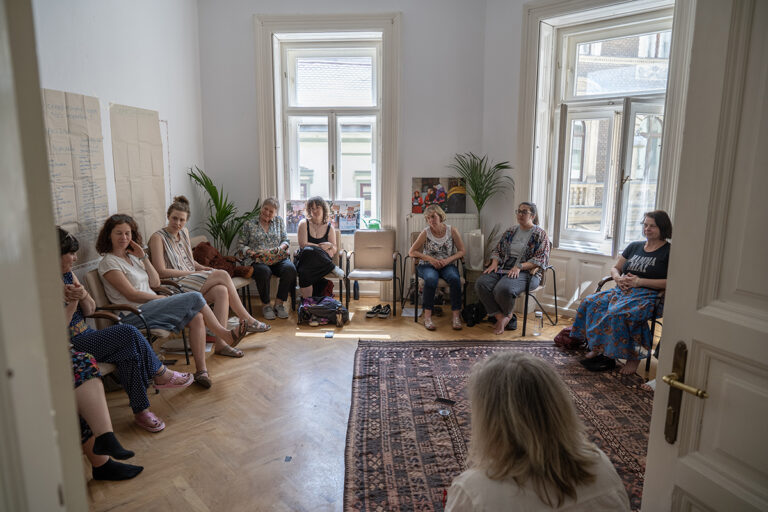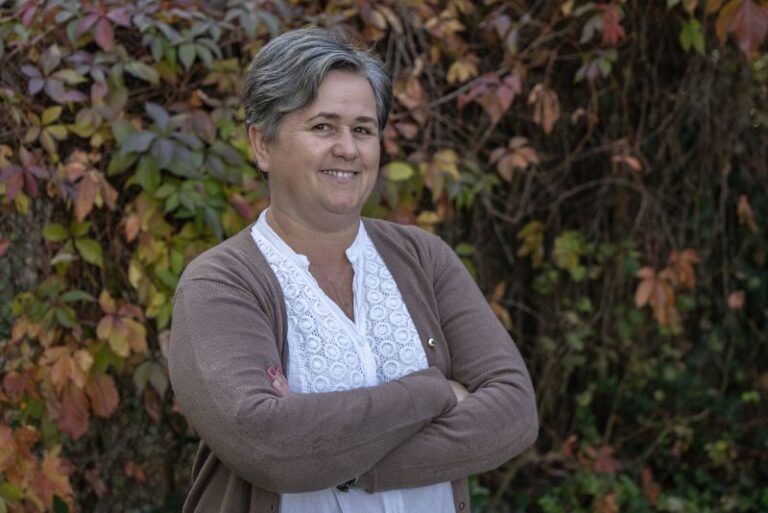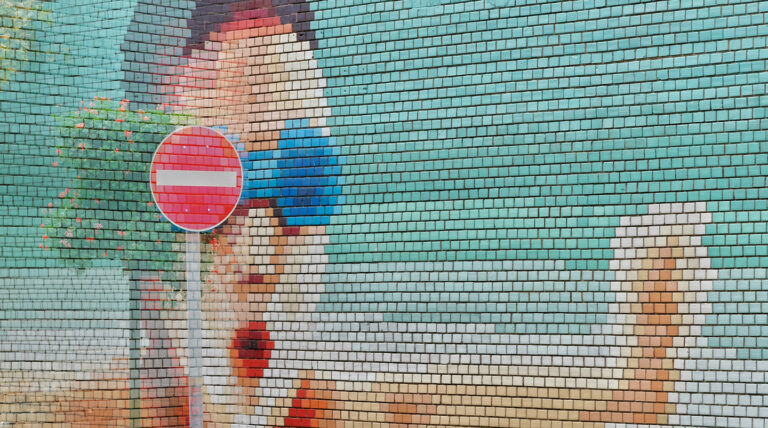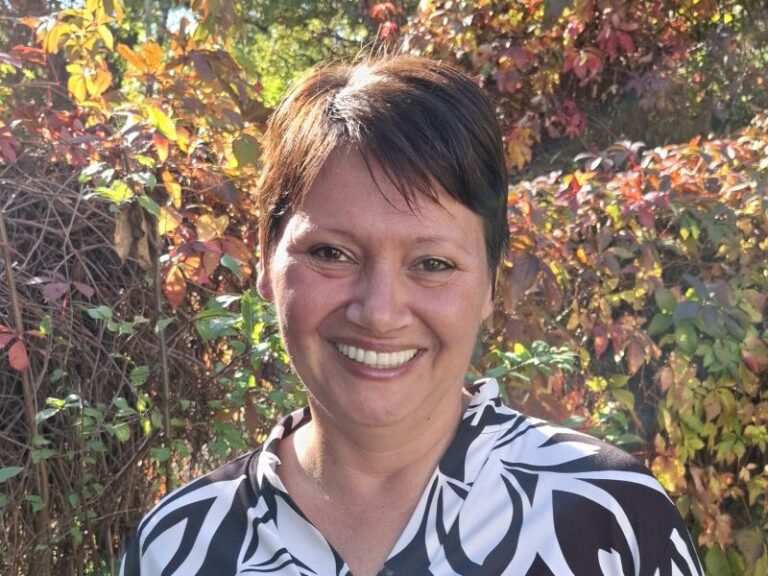“We Need to Organize Programs That Draw From Each Other’s Cultures and Promote Integration”
He wants to make small-town life attractive, reach out to young people as soon as possible, and build a diverse community from them. He would never give up experimenting for his social ideals and is equally determined when it comes to the integration of the Roma community. We spoke with Szabolcs Kis, the Karcag-based grantee of our Revitalising Small Towns Programme.
Why do you think you have a role to play with the youth or any kind of community in Karcag?
I’ve always been active since I was a child, and when I saw your call for applications, I thought, “Oh my God, I could finally do something!” Karcag has meant a strong emotional attachment for me for a long time—I grew up there, my roots are there. Even though I don’t currently live there full time, I still feel that I need to contribute to the town.
So after university, you plan to return to Karcag.
Yes. I still have about nine years until I earn my doctorate, and I want to create a foundation—I’ve already got a name for it: “SzegregátOff”—with two offices: one in Karcag and one in Debrecen. Most of the work would be in Karcag because segregation is more severe there. My work would primarily involve Roma youth, with the goal of fostering their integration into society and supporting their personal growth through the foundation, including outreach to their parents.

Let’s come back to that later, but moving forward in time: in the coming years, your focus will be youth work, specifically working with high school students, according to your proposal.
That’s right—they’re our primary target group.
This may be a provocative question, but do we have to accept that high schoolers grow up, leave for university, move away from the town, and most of them never return—is this just the natural order of life?
I don’t believe that. If a town offers opportunities and jobs, people should come back. If that doesn’t happen, the town will eventually die out. It’s important to re-engage young people, center their voices, and grow alongside them—something that also benefits the aging and increasingly vulnerable local population.
Should this work start with kids aged 14–16 already?
The sooner, the better—before they “go off the rails” (smiles). We need to show them that Karcag is actually a great place, that in a few years it could offer a lot of opportunities, and that you don’t necessarily need to move to a big city to achieve your goals.
What makes Karcag a good place?
It’s quiet and peaceful—that’s what I like most about it. Karcag is an agricultural town; I’ve always loved the fresh air, animals, and farms. My dad works in agriculture, and I loved it when he took me out to the fields—I was deeply drawn to that way of life. You can’t experience that in a big city. I enjoy city life too, but sometimes I need the calm and quiet of a small town.
What do Karcag’s communities need to strengthen?
There are smaller communities in Karcag that function well, but I see them becoming increasingly separated from one another. I already have a plan to bring them closer together. In addition, we need to activate the people who aren’t currently involved in town life—especially young people. That’s why the KIFLI (Karcag Youth and Children’s Office) is active in downtown Karcag. Though few people visit it these days, my goal is to bring in more and build a community. A core group that attracts others. Even if someone leaves for a while, they can always come back and rejoin.
Where does the community building currently stand?
We’re at the first step: we just cleaned out our space and office. Soon, we’ll have a study room, a movie room, and a club room—spaces where communities and individuals can gather.
Who are your partners? Obviously, you can’t do all this alone.
Definitely not. I have a small team of a few people, and I also rely heavily on the members of the Karcag Student Council—the leadership and a few staff members did a lot of volunteer work to help get our new office ready. I truly admire them. The town’s leadership is also supportive of our plans. I also view the student council as the foundation of my future activities: it’s where friendships are built, communities are formed, and young people have meaningful experiences. It could become the driving force of our future programs.
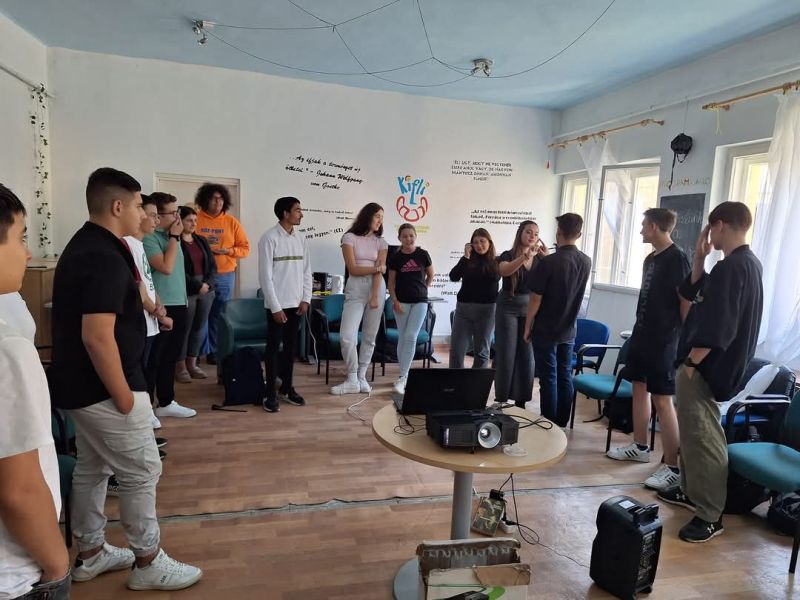
As promised, let’s talk about the Roma community—a topic you wrote extensively about in your proposal. How do you see the situation of Roma people in Karcag, and how would you like to make a difference?
I see that tensions between Roma and non-Roma Hungarians in Karcag are growing. I believe that many Roma-focused events actually deepen these divisions because non-Roma people feel excluded and think the Roma are being favored. I think we need to organize programs that draw from both cultures and promote integration.
I see my role as creating and leading programs, workshops, and training sessions over the next three years that specifically aim to foster mutual understanding and sensitivity. One of the local vocational schools and the Reformed Church high school would be great venues for this work. We could help young people understand the importance of being partners in each other’s lives, rather than seeing each other as enemies. That’s the shift I want to support.
Have you had any success in this area yet?
Not much—mostly just on a personal level. I can say that I’ve slightly changed how a couple of my friends think about the Roma community.
Every story starts at the personal level. What are your first steps on what looks like a long and bumpy road?
My plan is to start small—perhaps with a training session or workshop at our student council, which already has a diverse membership. Then, working together with them, we could expand these efforts. That’s how bridges could be built.
How do people respond to your energy, your ideas, your plans?
At first, they’re usually a bit shocked—this level of enthusiasm and activity catches them off guard. But then they adapt. I think I’m capable of sharing my energy with others.
Has anyone ever said, “You’re a nice kid, Szabi, but this won’t work here. No one’s ever managed to pull it off”?
Not yet, but I’ve thought about it, and I have a feeling it might happen. Still, I believe we must never give up. My principle is that everything is worth a try. And even if we try and fail, we shouldn’t be discouraged—at least we tried. In fact, I believe some things are even worth a second try.
How did you find out about the Revitalising Small Towns Programme from the Roots and Wings Foundation?
Our youth association—KÖZ-Pont Youth Association—has a strategic leader, János Bálega, who found it and immediately thought of me. I read through the materials and felt like it was speaking directly to me. I knew we had to do it.
What do you expect from the Foundation’s support?
The first meeting of the program’s grantees gave me a huge boost. Being among people with similar ambitions and learning from the foundation’s excellent professionals gave me a ton of energy. I’m sure that future meetings and personal mentoring will help me through tough times and keep me going.
Doesn’t the money matter?
Of course, it matters—but the energy and motivation I’ve gained from the support are even more important.
What will you spend the money on?
In the first year, mostly on renovating the building, then on furnishing the club room and movie room. Later, we’ll invest in community-building activities.
Once it’s all up and running, how many people do you expect to reach?
Given the size of the space, I’d like to welcome 30–40 people a day at KIFLI. We’ll have a study room open to anyone who wants a quiet place to learn, a movie room, a club room where we can host events daily, and our office will function as a community hub. Some people might just stop by for a coffee or a chat. That’s my vision.
(Iván Bardócz)
